Featured Image: Courtesy of UC San Diego, Cal Fire | Location: Mountain High Ski Resort
Multiple ski resorts across California, Oregon, Nevada and Idaho have initiated preemptive evacuation orders or face immediate danger as massive wildfires loom on their doorsteps. With homes and livelihoods at risk, fire crews continue to battle these intimidating hellscapes around the clock.
It may be an understatement to say it’s been a hot summer in North America. The Weather Channel reports that the first half of summer 2024 (June – August) was the hottest ever recorded for over 30 U.S. cities from California to Massachusetts. Las Vegas reached a new all-time high of 120°F and Washington D.C. tied a previous record with four consecutive days over 100°F.
Just yesterday, the National Oceanic and Atmospheric Administration (NOAA) released a report stating that this summer was the 4th-hottest on record in America. “The average U.S. temperature for the first eight months of 2024 was 56.9°F,” according to NOAA. “[That is] 3.0-degrees above the 20th-century average.” Along with many interesting and unnerving facts, the report noted that as of September 3rd, 30% of the contiguous U.S. was in drought; a 10% jump from the end of July.
Record-setting heat combined with droughts and climbing average temperatures can create dire situations. We are currently seeing exactly that play out across the American West.
Below, we’ll look at resorts and communities currently under extreme fire danger in California, Oregon, Idaho and Nevada.
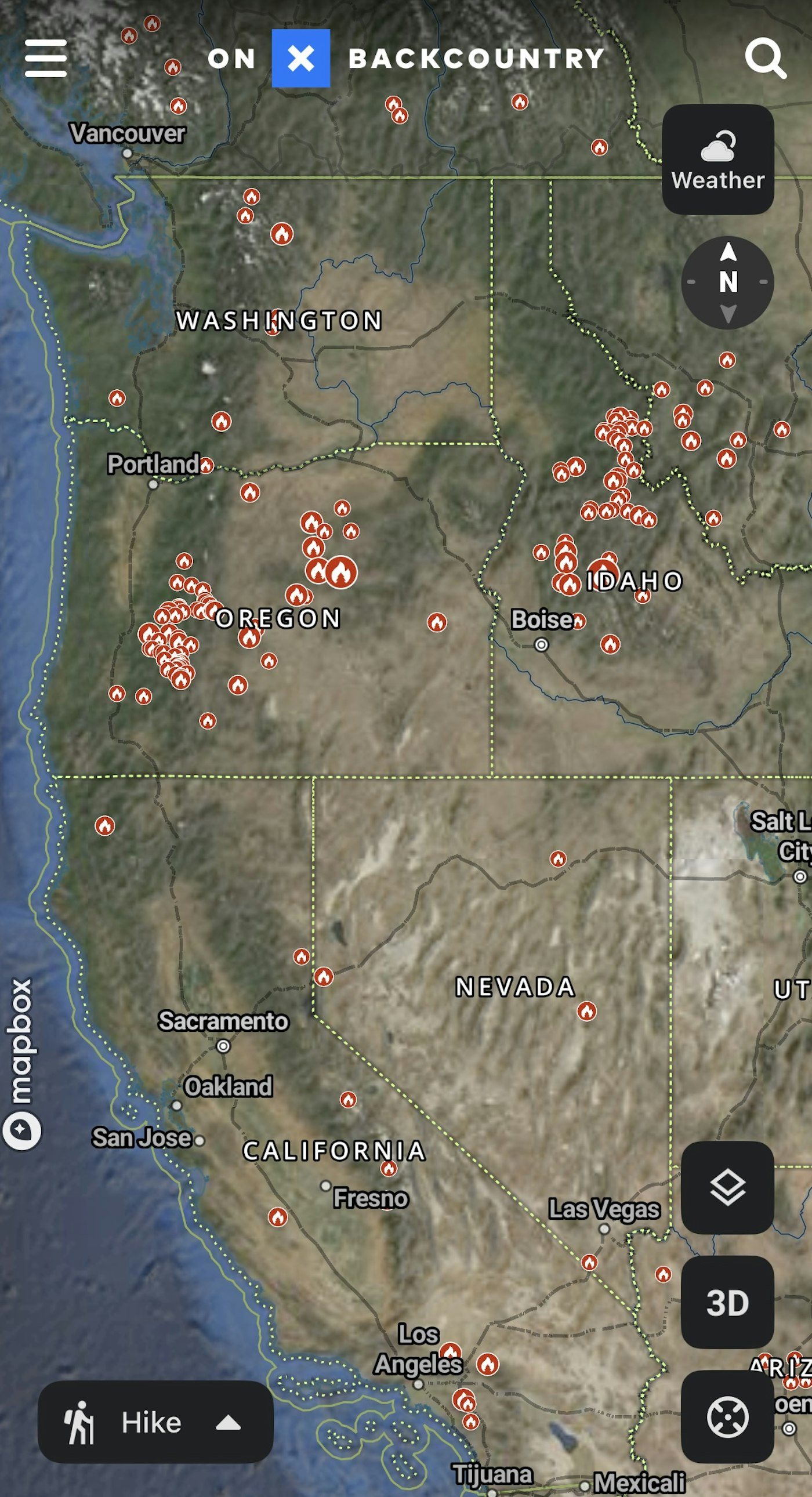
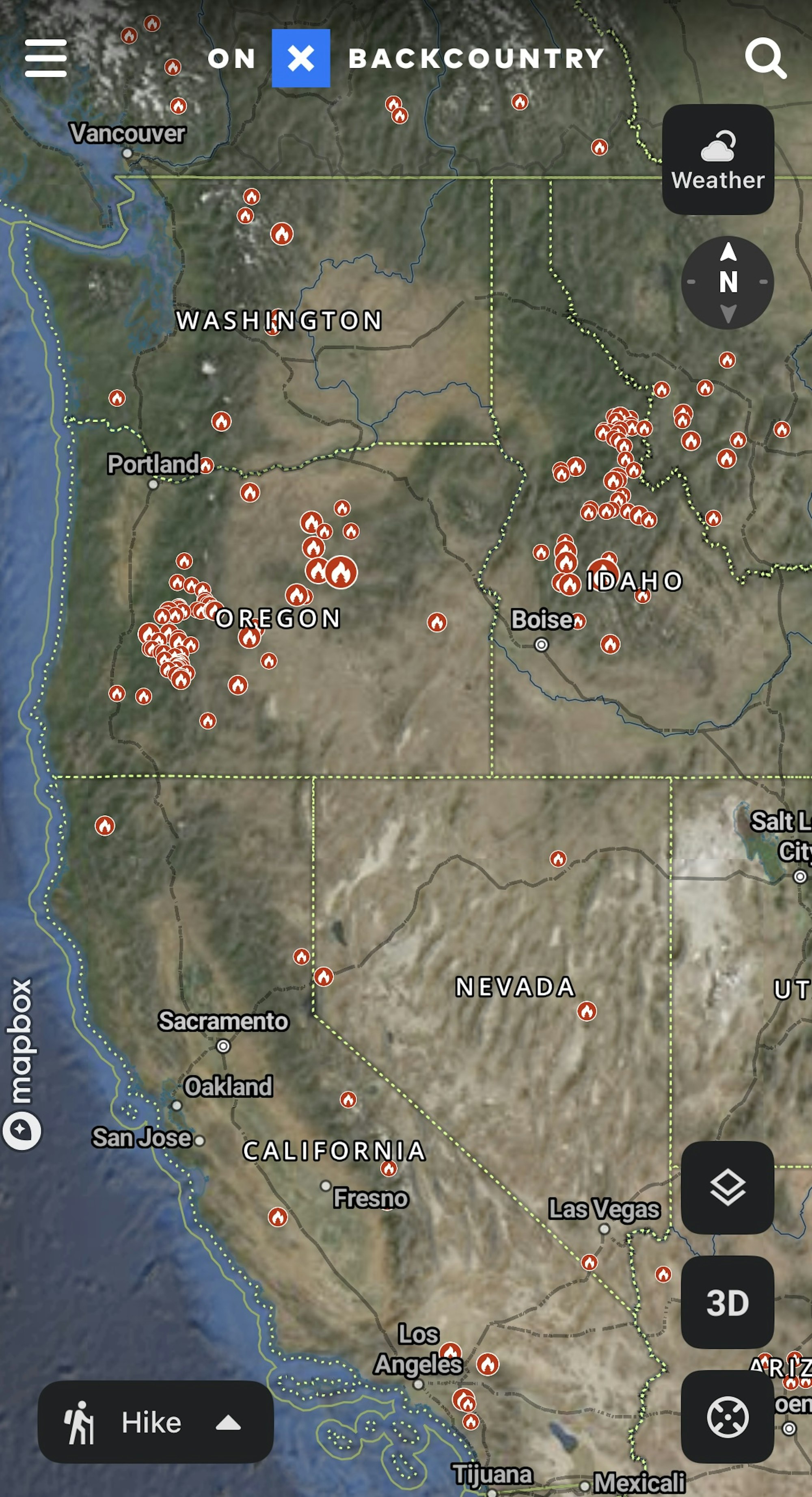
Active wildfires in California, Nevada, Oregon, Washington, Idaho and Western Montana as of 10 A.M. on 9/11/24 | Courtesy onX Backcountry
In California, webcam footage from Mountain High Ski Resort went viral yesterday, as multiple angles showed flames of the Bridge Fire enveloping chairlifts and the surrounding forest. While this massive blaze is still burning, currently consuming just under 48,000 acres, the good news is that Mountain High has reported that all the main lifts are still intact. “THANK YOU to the firefighters & employees for their hard work! Our hearts go out to the Wrightwood community, WE ARE WITH YOU,” the resort said in a message on X this morning.
Other structures in the area have not been as lucky. The Bridge Fire is still hardly contained and is one of three major fires active in Southern California. Thousands of residents have evacuated over the last two days, with tens of thousands of homes currently in danger, according to KTLA. Mt. Baldy Resort is the other major ski operation in the area with evacuation orders, as the fire continues to burn. Though it has already consumed multiple structures nearby, the resort has so far remained unscathed.

The Bridge Fire rages on 9/10/24 at Mountain High Ski Resort | Photos: UC San Diego, Cal Fire
Three hundred and fifty miles to the north, Mt. Rose Ski Tahoe and Sky Tavern ski hill are under threat from the Davis Fire. The blaze is 31% contained and burning 5,646 acres, with that number expected to climb as wind gusts could hit 70 mph on the surrounding ridge lines over the next 48 hours. Hundreds of residents in the hills surrounding Reno are in danger, as their homes as well as the two resorts, are inside the evacuation zone.
“A red flag warning is still in effect for Reno, but in light of the fire’s proximity to residential neighborhoods, extremely dry fuels and exceptional winds, the National Weather Service in Reno elevated the warning to a ‘potentially dangerous situation,’ or PDS, a rare declaration that has only been used a few times in recent years,” said Julie Brown Davis of the news outlet San Francisco Gate.
Mathew Chyba, a meteorologist with the National Weather Service in Reno added, “The PDS warning is reserved for ‘extremely dangerous situations’ and signals just how urgent and serious conditions are Wednesday.”
Both Mt. Rose and Sky Tavern are beloved local ski hills, with the latter being a nonprofit ski area that has been in operation since 1948. Neither resort is currently in flames, and Davis added that crews have placed, “Heavy equipment, dozers, hot shot crews and hand crews,” between the fire and the two resorts, trying to protect these local recreation and economic hubs, as well as the hundreds of residents that live nearby.
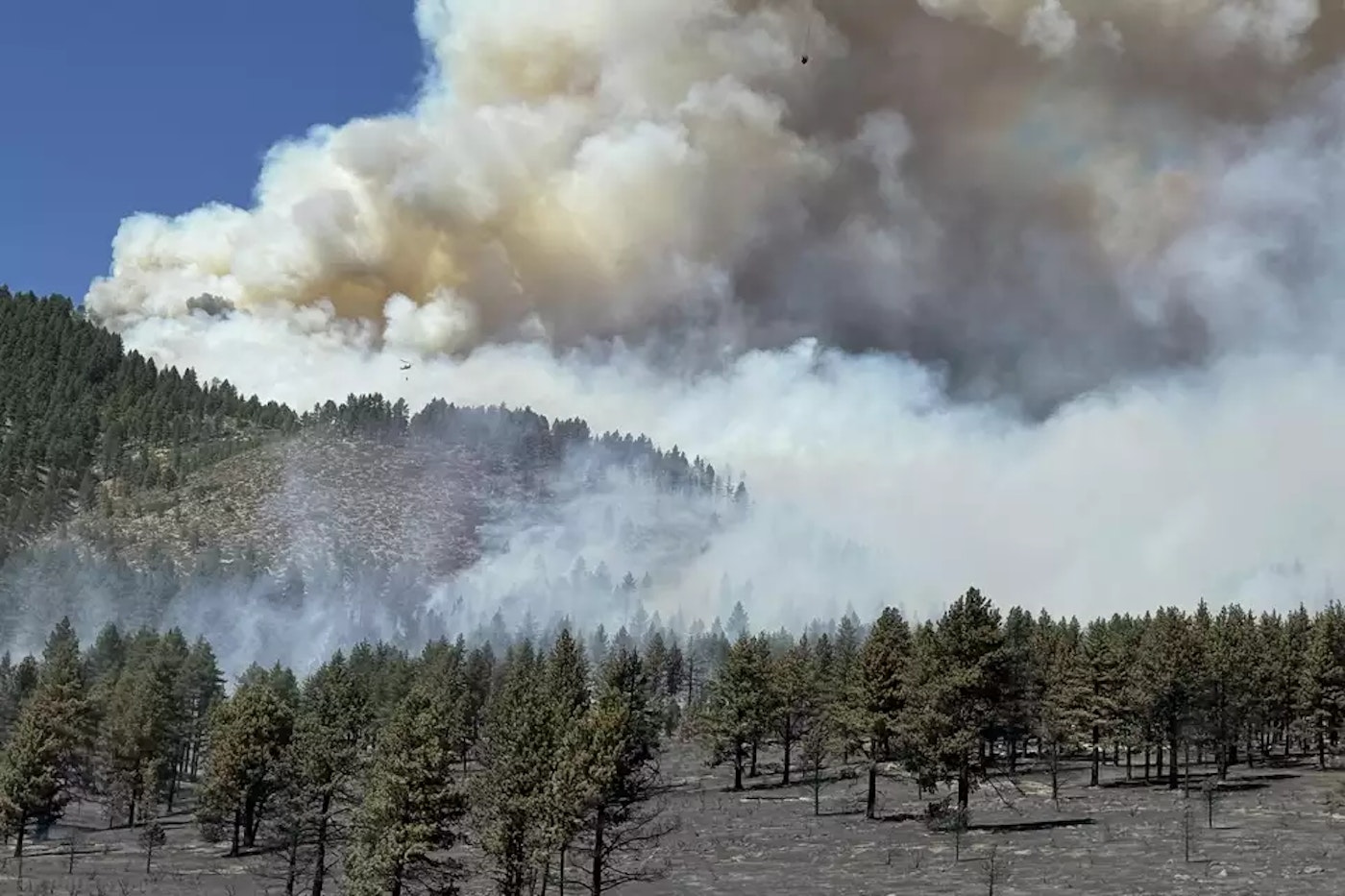
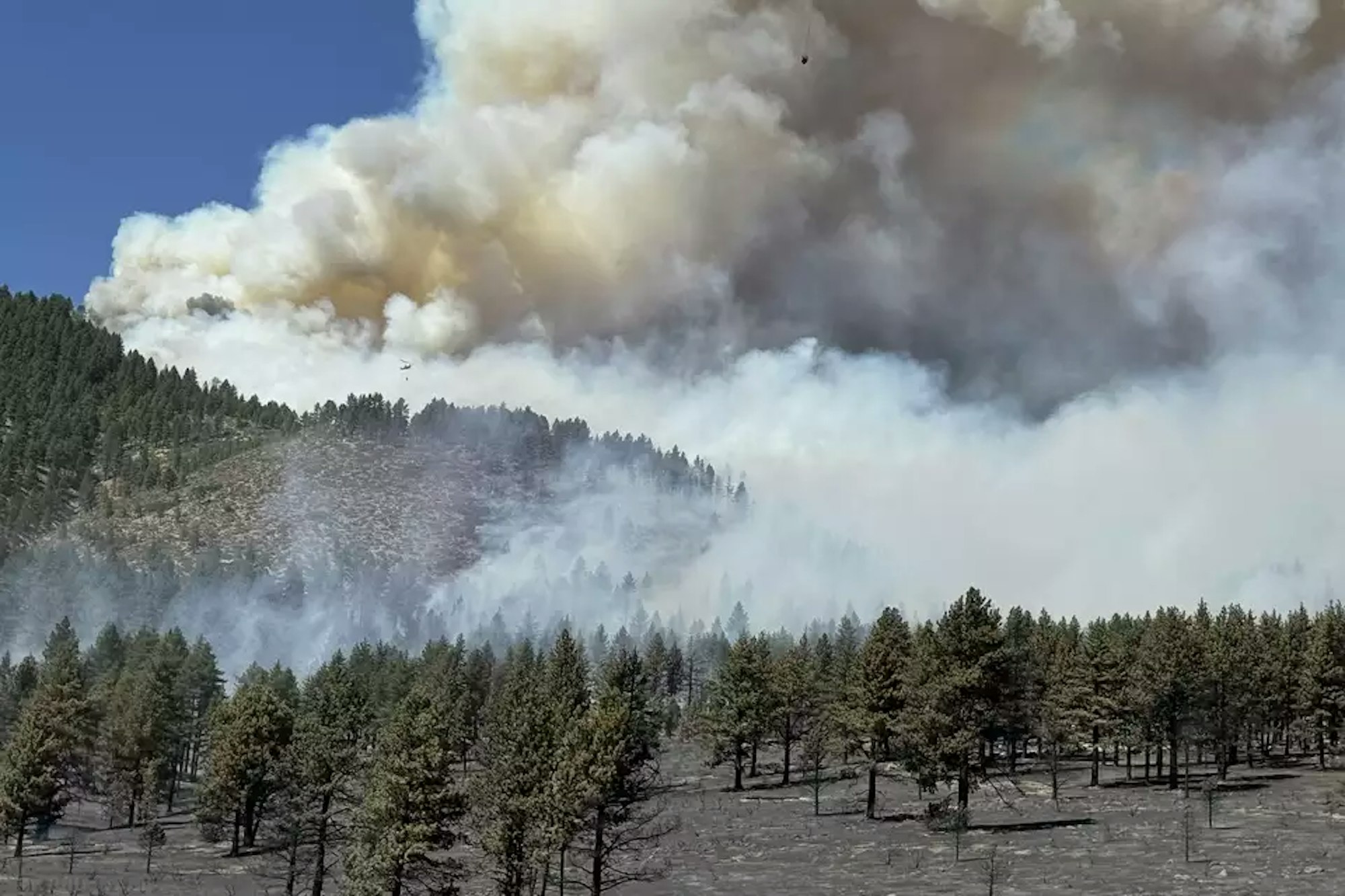
A distant helicopter helps fight the Davis Fire near Reno, Nevada | Photo: Courtesy of InciWeb – U.S. Forest Service
Moving up the coast, over a dozen lightning fires are burning in Oregon due to storms on September 7 and 8. The series of burns has been dubbed the Bachelor Complex, with an 80-acre fire burning on the backside on the popular ski area Mt. Bachelor. In all, the fires total at 5,987 acres and the resort remains under evacuation notice. Things look more promising here than in Southern California, with rain storms expected over the next 48 hours. If the notice is lifted, the resort plans to reopen to visitors on Thursday, 9/12, according the spokesperson Laura Burke.
Idaho has suffered an aggressive fire season as well. Tamarack Resort has been evacuated and closed for summer operations due to impending fire danger. Located north of Boise, the area is being affected by the Lava and Boulder Fires as crews attempt to keep the flames next to Cascade Reservoir at bay.
As of today, the Lava Fire is burning an astonishing 78,457 acres, spreading primarily to the south, away from Tamarack. Residents in Idaho, Western Montana and Wyoming have been engulfed in smoke over the last few days thanks to this massive fire as well as several others throughout Western Canada. However, as colder temps and precipitation move into the region over the next few days, containment and reduction in size remains plausible.

Photo: Tamarack Resort
These fires, while not unprecedented, are certainly a foreboding sign for the future. If summer temperatures continue to top records, as we’ve seen in both 2023 and 2024, the American West could face dangers that go far beyond the flames. Aside from the physical damage of fires such as these, resorts and mountain communities have elevated potential for economic volatility.
As we saw this summer on Teton Pass, a simple road collapse can leave a community vulnerable to a financial downfall when its supply of both workers and tourists are cut down. Business owners lose revenue and workers could lose a paycheck… or several. And as towns in the Mountain West become increasingly expensive, one paycheck can make a cataclysmic difference in a person’s life.
The growing presence of fires may have similar societal impacts over time. Research from NOAA suggests that the yearly risk of ‘very large fires,’ what they define as the top 10% of fires, could increase sixfold by the mid-21st century. Unlike a road collapse, a fire can obviously damage much more infrastructure, leaving an area with a gap in tourism dollars and a high bill to pay when it comes time to rebuild.
While there is plenty of room for debate surrounding the causes and long-term outcomes of volatile temperatures, drought and fires, the fallout from these disasters cannot be understated. A changing American West will need new solutions and innovations if the mountain communities we know and love are to thrive both physically, socially and economically.

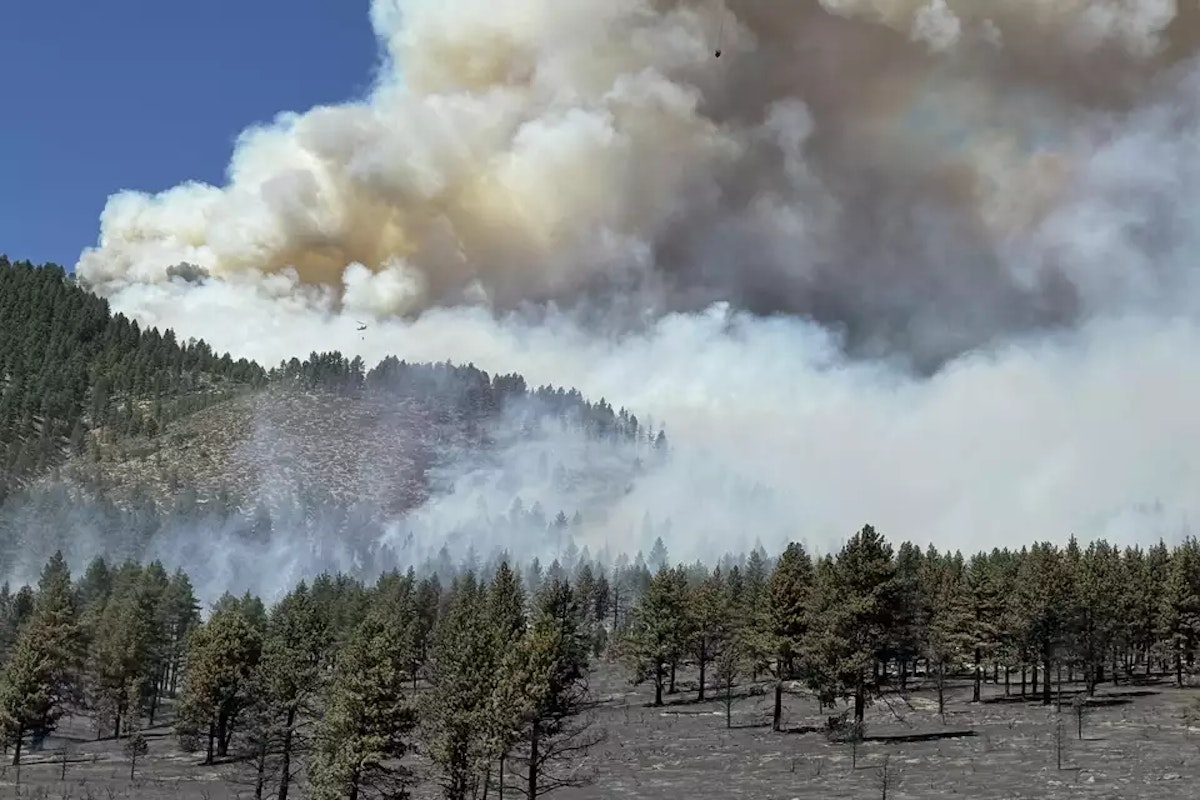
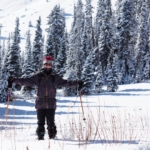



![[GIVEAWAY] Win a Head-to-Toe Ski Setup from IFSA](https://www.datocms-assets.com/163516/1765920344-ifsa.jpg?w=200&h=200&fit=crop)
![[GIVEAWAY] Win a Legendary Ski Trip with Icelantic's Road to the Rocks](https://www.datocms-assets.com/163516/1765233064-r2r26_freeskier_leaderboard1.jpg?auto=format&w=400&h=300&fit=crop&crop=faces,entropy)





![[GIVEAWAY] Win a Head-to-Toe Ski Setup from IFSA](https://www.datocms-assets.com/163516/1765920344-ifsa.jpg?auto=format&w=400&h=300&fit=crop&crop=faces,entropy)
